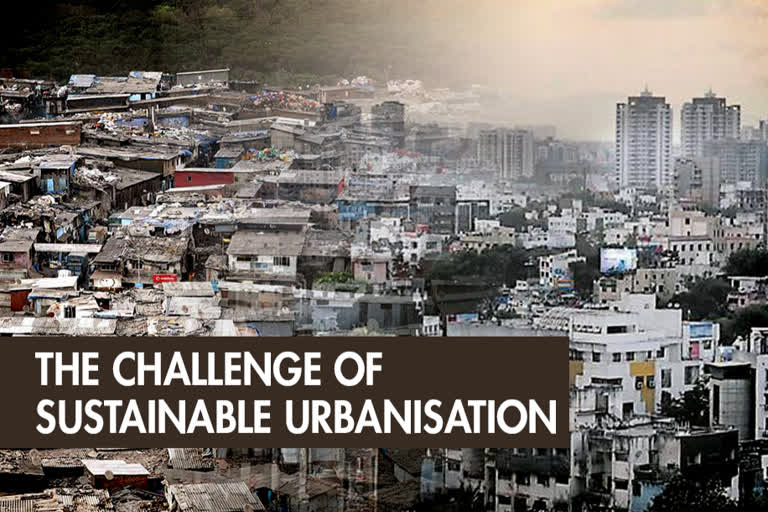Hyderabad:In the wake of population explosion and migration to urban areas, major cities worldwide are facing the challenge of sustainable urbanisation.
Hardeep Singh Puri, Minister of Housing and Urban Affairs in India revealed that 40 per cent of the nation’s population will live in cities by 2030 and by 2050, 50 per cent population will be concentrated in urban areas.
The Modi government initiated 3 projects with farsightedness about the urban populace. Out of these 3, the last phase of Smart Cities Mission and Atal Mission for Rejuvenation and Urban Transformation (AMRUT) will be on track by next year.
Smart Cities Mission was launched in January 2016 and several cities were selected as a part of this initiative. A time frame of 5 years was allocated to smarten up the select cities.
The ministers are optimistic that 50 percent of the “100 Smart Cities Mission” work will be completed by December 2020. The central government promised to allot Rs.50,000 crores towards AMRUT for the development of 500 cities.
Though the situation is better in states like West Bengal, Kerala, Gujarat and Andhra Pradesh, development works are lax in Bihar and Assam. Without reviewing the lacklustre enforcement of proposed schemes, it is doubtful how far the final phase of implementation will benefit the cities.
Urbanisation must provide citizens with better healthcare facilities and employment opportunities. The central government proudly proclaimed that its aim is to improve the lives of the urban population.
Under AMRUT, the selected cities must be equipped with basic amenities. World Bank refused to loan AMRUT after the recent government change in Andhra Pradesh. E-governance and sanitation projects are being neglected in many municipalities.
Promises of safe drinking water and uninterrupted power supply in 100 smart cities gave rise to many hopes. Prime Minister Modi hoped to change the face of urban India with schemes like Swachh Bharat and Digital India.
